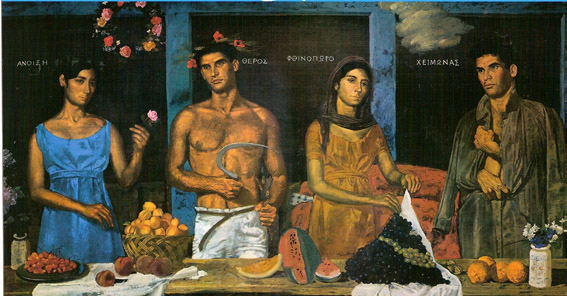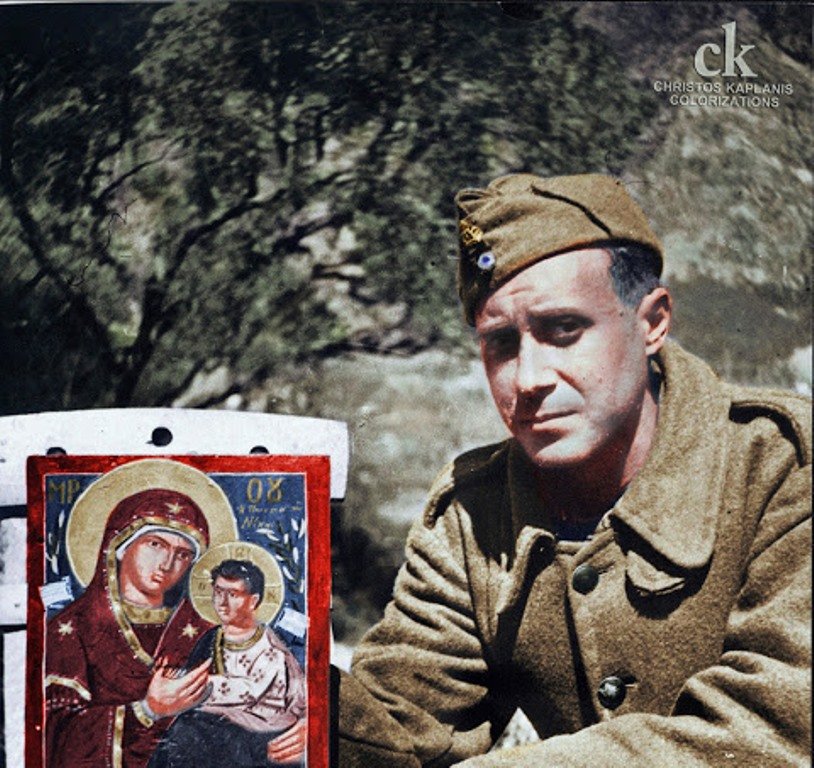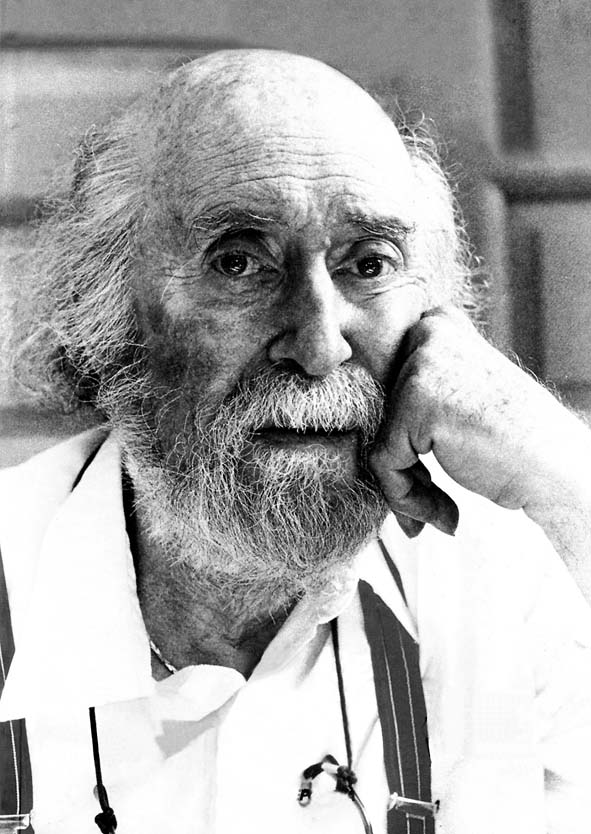The years after the First World War had a tremendous political, social and cultural impact on Greece.
The end of the war coupled with the Asia Minor Tragedy almost brought Greece to its knees financially and shook Greek society to its core.
The influx of about one million refugees from the Greek communities of Asia Minor brought not only social challenges to mainland Greece but also a plethora of customs, traditions and artistic expressions that undoubtedly enriched Greece which at the time was struggling to reshape its literary and artistic identity.

Yiannis Tsarouchis was born in the port city of Piraeus in 1910 and was about 12 years old when the refugees arriving on ships, returning from Asia Minor. Despite coming from a wealthy family and having moved to Athens in 1927, Tsarouchis, as a child, was deeply influenced by inequality the present in Piraeus at the time. The economic disparity between the upper middle-class waterfront house where he was raised and the poor neighborhoods where the refugees crowded and where he used to “escape” as a youngster made a lasting impression.
Displaying a unique talent, he went on to study between 1929 and 1935 at the most prestigious art school in Greece, the Athens School of Fine Arts. Simultaneously, he attended lectures at the studio of Photis Kontoglou where he learned about Byzantine iconography as well as about folk architecture and fashion.

The Second World War found Tsarouchis enrolled as a mechanic in the Greek Army. During this time on the Albanian front he painted his famous icon “Panagia tis Nikis” (The Virgin Mary of Victory), drawing inspiration from a soldier who spoke about seeing the Virgin Mary in his sleep. During the Nazi occupation, he established a private art school which became a sanctuary for artists like Kosmas Xenakis and Minos Argyrakis, who later went on to become influential artists as well.
Tsarouchis used many folk characteristics in his paintings. Additionally, the enduring influence of Piraeus and the port lifestyle are also evident in his work. He also worked extensively in theatre as a director, costume and set designer. A little-known fact is that the regular appearance of sailors in almost every Greek film is due to the deep influence he had as an artist and director.

In 1981, eight years before his death Tsarouchis founded, the foundation which bears his name. He donated part of his home, along with his art collection. For the opening in 1982, he built a balcony put marble and separated his home from the showrooms. As he had pointed out emphatically: “I made a Museum, thinking that no Museum would ever exhibit my works in a decent and dignified way, perhaps at all.”
A beautiful coffee table art book of Yiannis Tsarouchis’ work is available for purchase at the Hellenic Museum gift shop.












